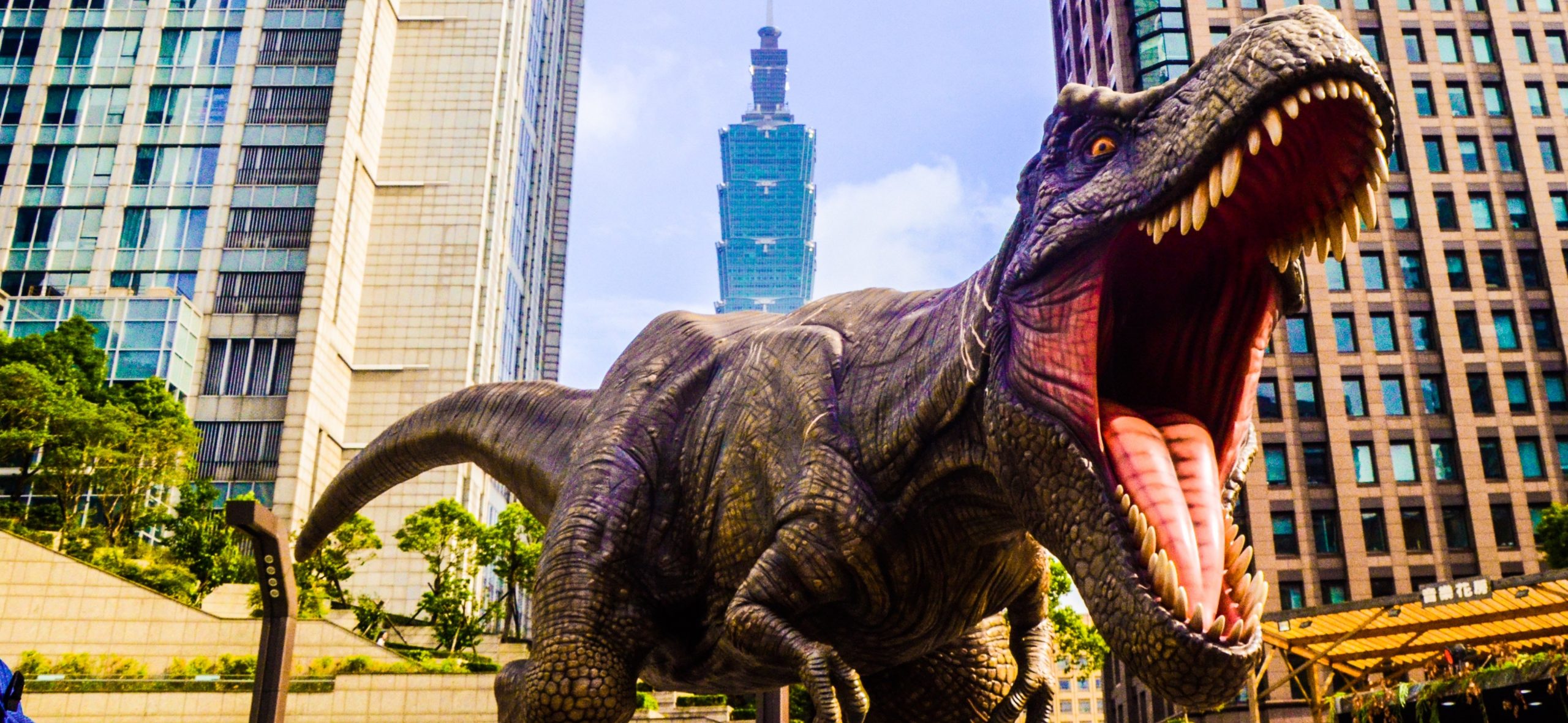
Augmented Reality – From Dinosaurs to Galaxies
Augmented reality (AR) is becoming a buzz word in the tech sphere, from fighter pilot heads-up displays to helping surgeons and medical professionals. This short read looks into the different AR technology emerging worldwide.
Recently Google has announced a new feature available to most modern phones – AR dinosaurs. Searching for a Velociraptor in Google Search allows you to physically see the dinosaur around you. Try it, as long as you have a device with IOS 11 and above (and use chrome) or an ARCore supported android device. What does this actually mean? Well, firstly, dinosaurs are quite detailed large creatures meaning that AR is becoming more and more sophisticated. This could cause changes in many different sectors ranging from education to motoring.
Another interesting feature Google has released recently is mapping historical landmarks using crowd-sourced photos. This is a great feature which allows those not fortunate enough to see these wonderful landmarks in their entirety with their intricate detail still intact. Another reason for Google to do this is to propel their image as a corporation who want to better the world through education and culture. What better way is there to do that than make inaccessible places now completely accessible to those around the world?
In a completely separate field, Mercedes have recently showcased AR in an advert for their brand-new S-class. The car due to be released in 2021 features a heads-up display which combines augmented reality for a number of features. These include, speed, vehicle distance, navigation and lane visualisation. This has the potential to increase safety while driving, while also making the driver feel like a fighter pilot. If combined with Tesla’s autopilot feature, this really could transform driver safety and awareness, saving many lives.
In education, there are many examples of AR stimulating young minds to new ideas. One example is Google’s Sky Map. This is a free app that allows anyone to create their own hand-held planetarium. Allowing both children and adults to be inspired by the beautiful constellations, planets and stars around our galaxy. At Imperial College London, the department of Chemical Engineering has transformed how practical lab skills will be taught, using Microsoft HoloLens to partake and complete experiments for new and returning students. This novel technique has been designed to mitigate the risk of the Coronavirus pandemic, however, with time this could change education allowing greater accessibility for those unable to attend certain classes in person.
In conclusion, it is clear AR is already transforming industries for the better. Hopefully in the future augmented reality will be able to enhance everyone’s lives for the better.
Sources: theverge.com, venturebeat.com, motor1.com, imperial.ac.uk, interestingengineering.com. All accessed [19/08/2020]